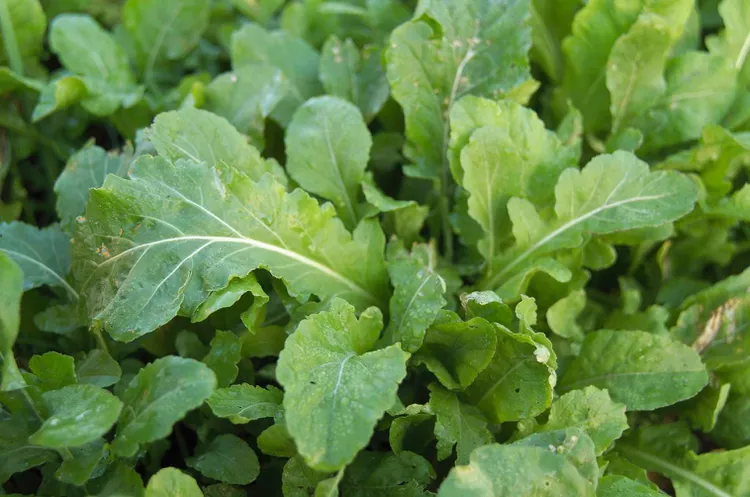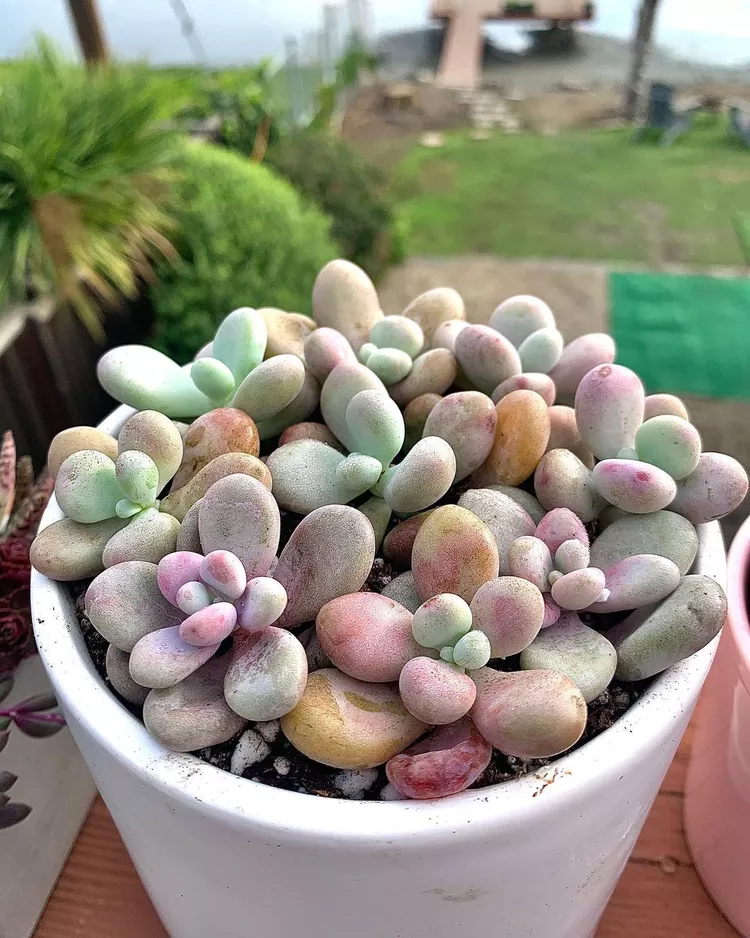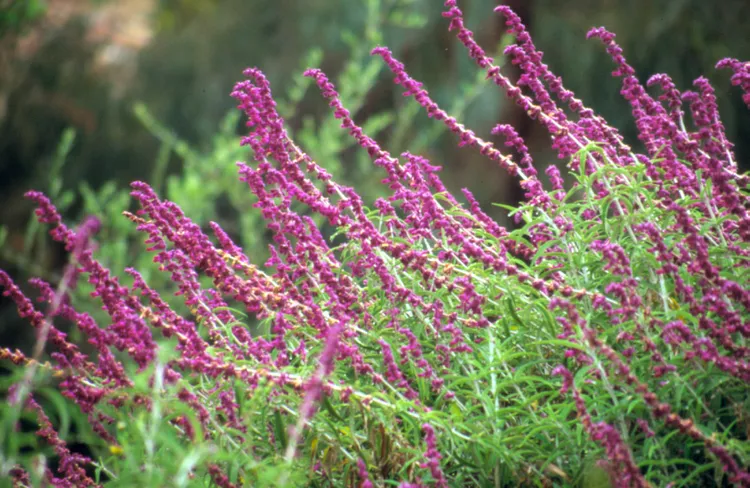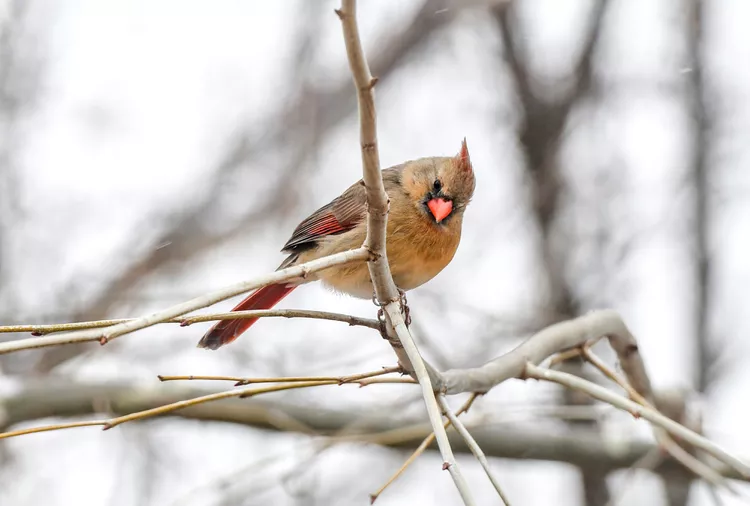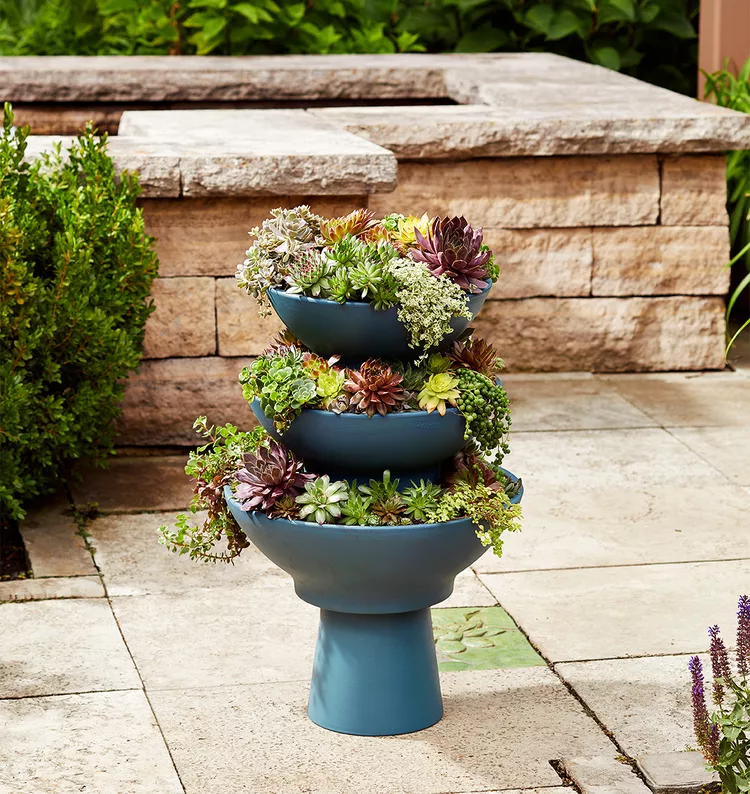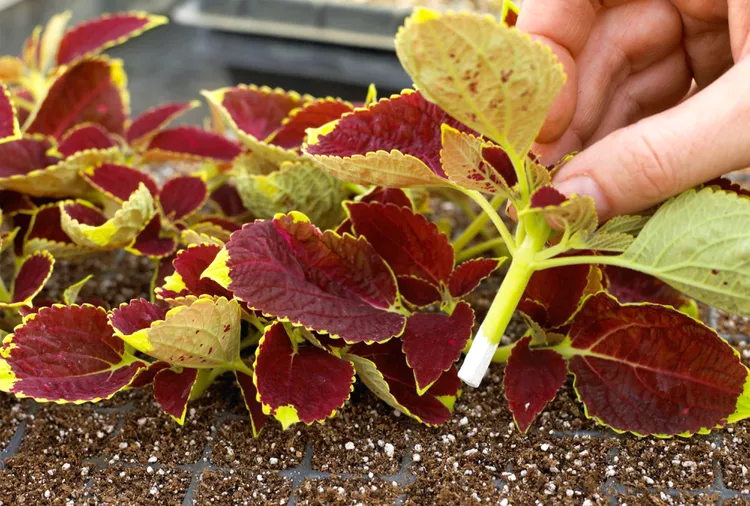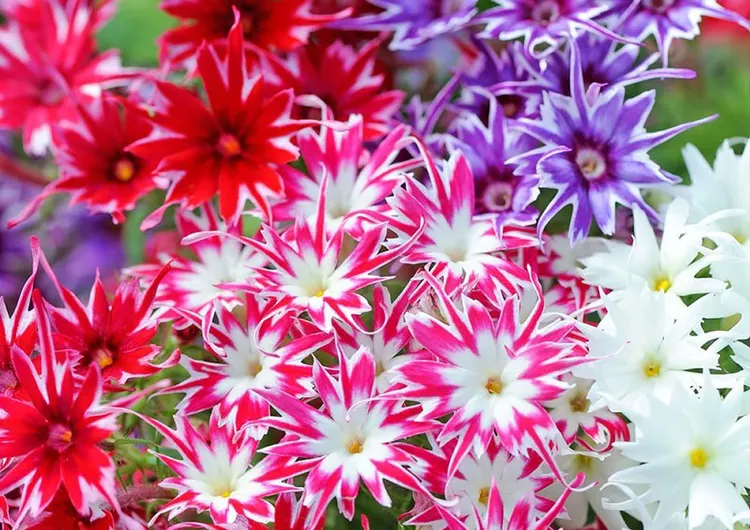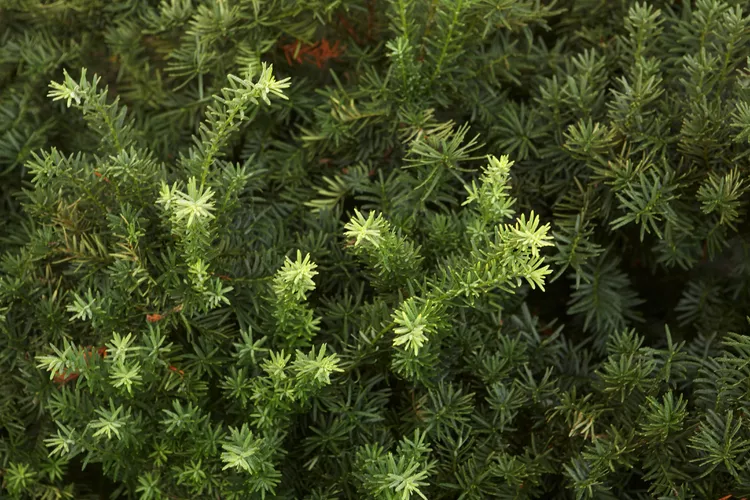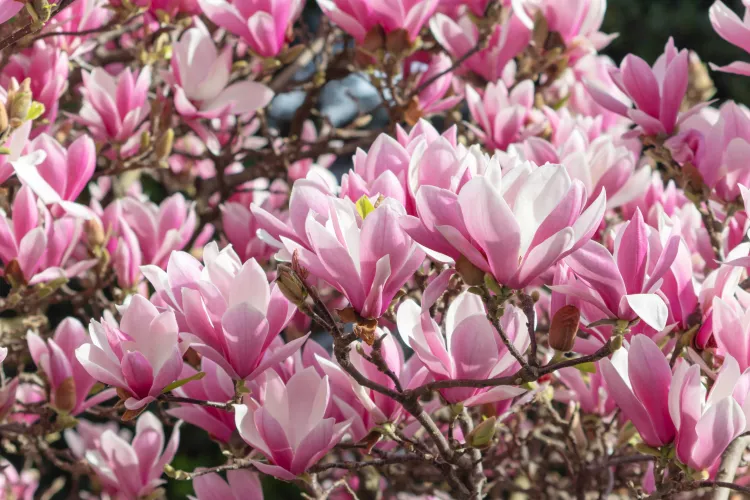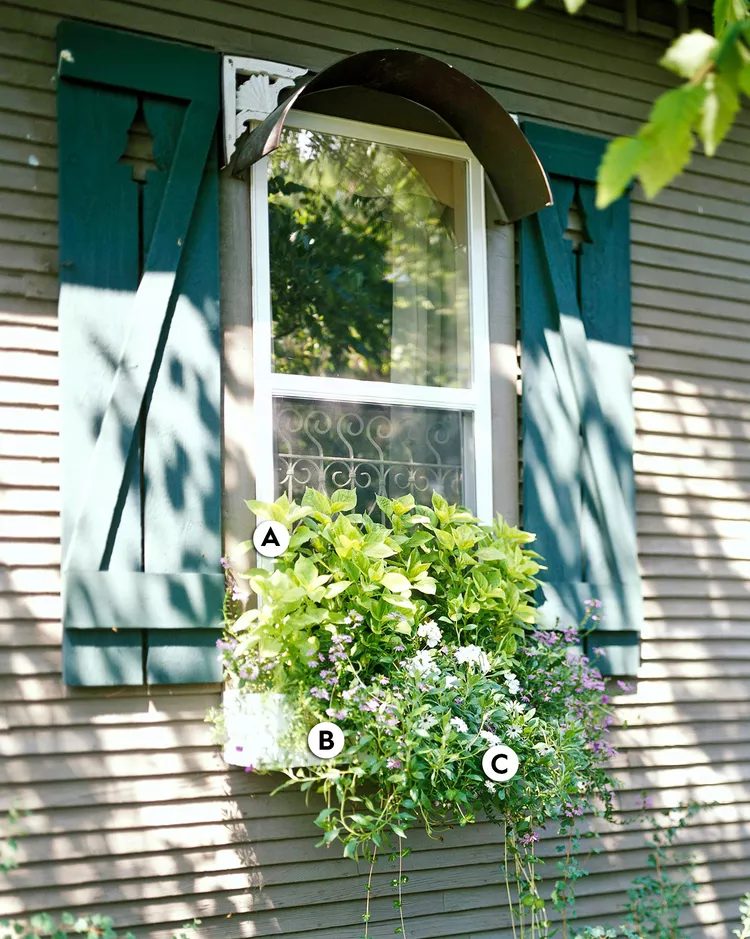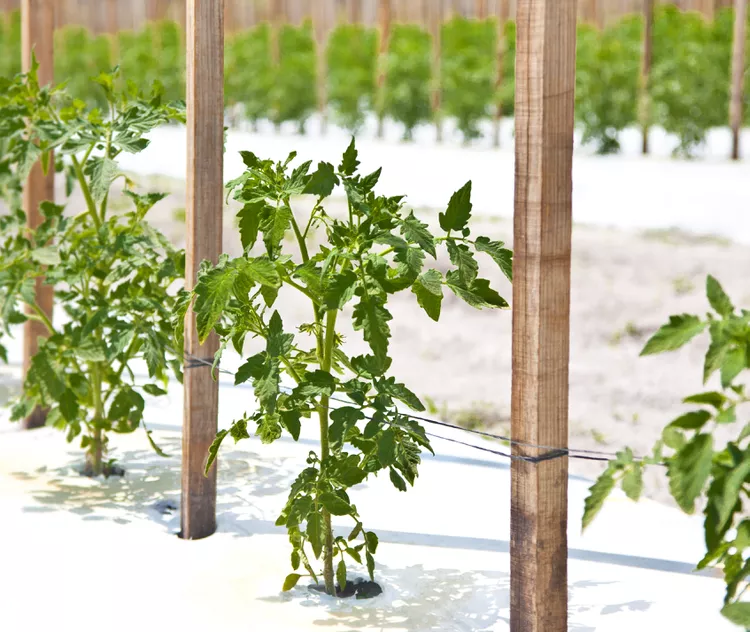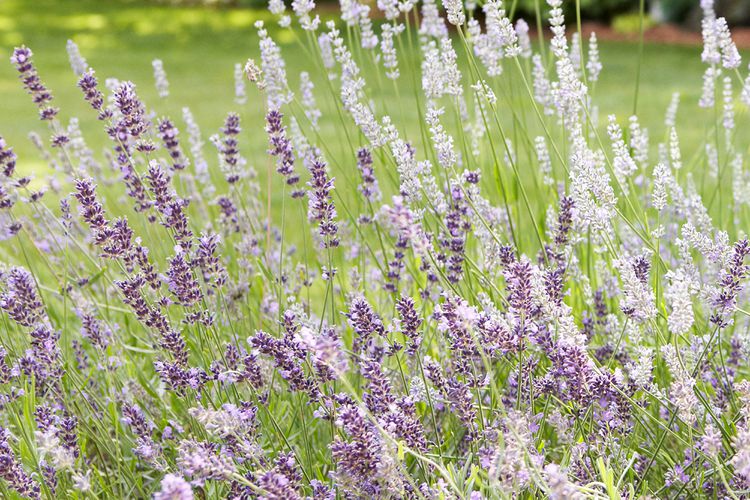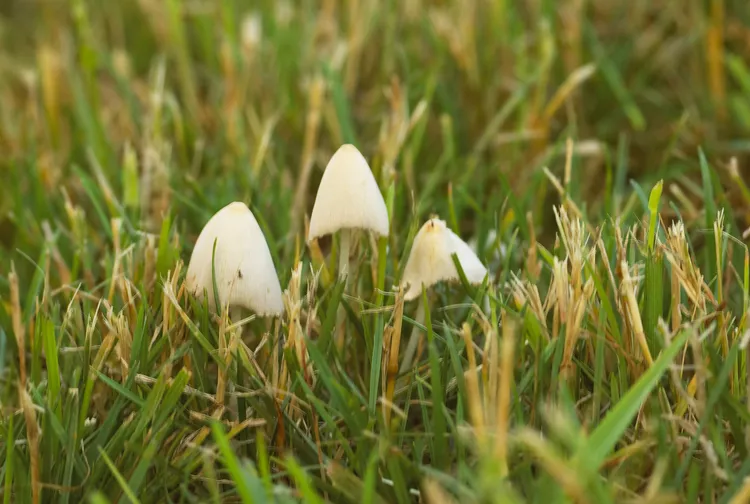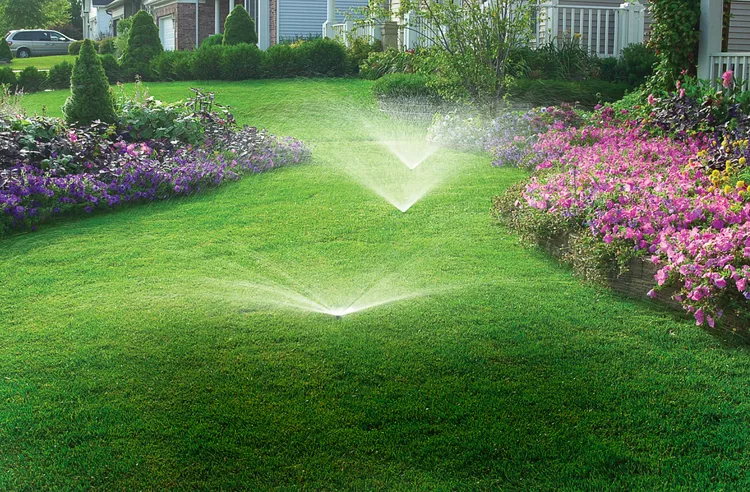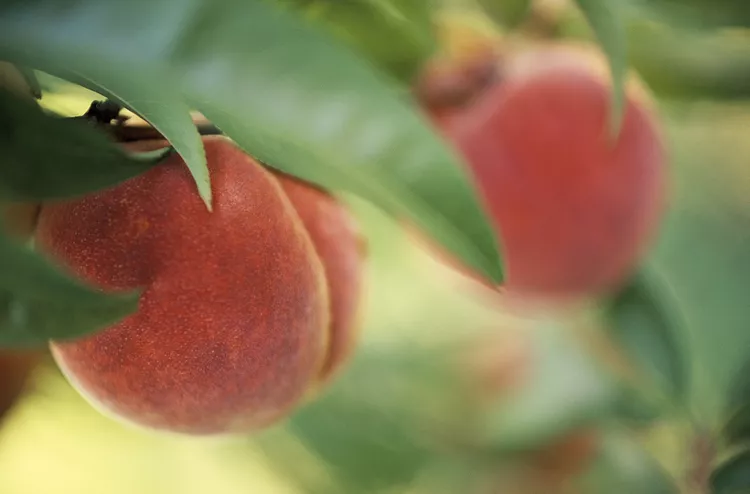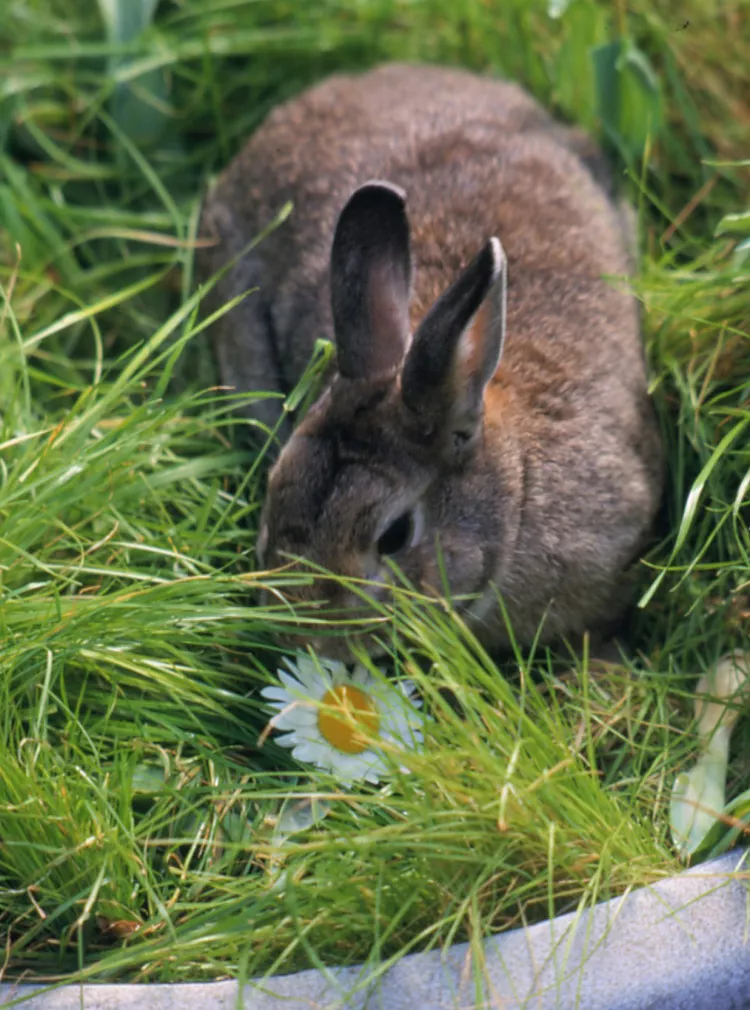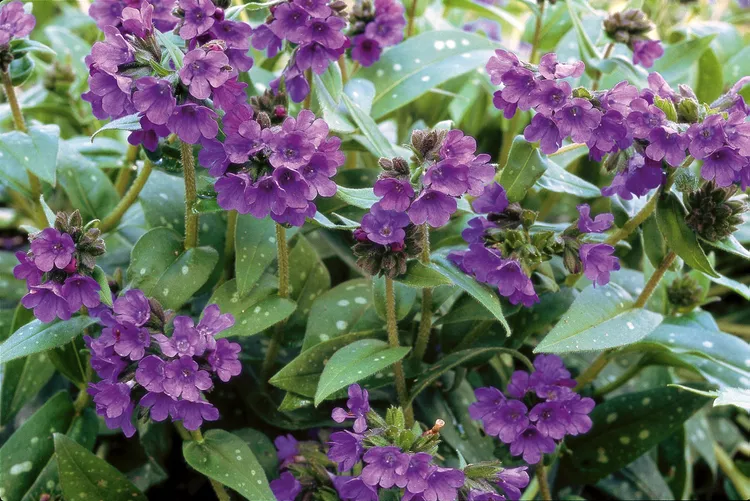If you love the peppery flavor of arugula when it gives a kick to salads, substitutes for lettuce on sandwiches, serves as a topping on pizza, or adds zing to a pasta dish, consider growing your own. Arugula (Eruca sativa) is a fast-growing annual that is typically ready for harvest in 30–50 days, so you can enjoy what you sow in a short time. This leafy green is best grown in the spring or fall when temperatures are mild; heat causes arugula to bolt or go to seed.
Here’s everything you need to know to grow this tasty vegetable at home.
Arugula Overview
| Genus Name | Eruca sativa |
| Common Name | Arugula |
| Plant Type | Annual |
| Light | Part Sun, Sun |
| Height | 1 to 3 feet |
| Width | 6 to 12 inches |
| Flower Color | White |
| Foliage Color | Blue/Green |
| Special Features | Good for Containers, Low Maintenance |
| Zones | 10, 11, 2, 3, 4, 5, 6, 7, 8, 9 |
| Propagation | Seed |
Where to Plant Arugula
Grow arugula in an area that receives full sun or partial sun. You can grow it in containers, raised beds, or the ground. Arugula is part of the Brassica family, which includes kale, broccoli, and cauliflower. It’s best to rotate these crops to ensure ample nutrients in the soil and minimize the spread of pests and diseases.
How and When to Plant Arugula
Sow arugula seeds in the spring and again in the fall. Summer isn’t an ideal season to grow because heat causes the plants to bolt instead of produce leaves. Sow seeds around ¼ deep and space them an inch apart. If you’re sowing rows of arugula, each row should be about a foot apart. Sow additional seeds every two to three weeks in spring and fall to extend the leafy harvest.
Arugula Care Tips
Arugula is an easy leafy green to grow when you meet its basic needs.
Light
Arugula does best in full sun and needs about six hours daily. If you’re growing in a warm or hot climate, it benefits from some partial shade. However, arugula tends to bolt or go to seed when the temperature increases, so plan to sow in spring and again in fall.
Soil and Water
Arugula prefers well-draining, loamy soil with a pH of 6.0 to 7.0 and plenty of amendments, such as compost, for a nutrient-rich soil. This leafy green can tolerate different soil conditions.
Water regularly to ensure the plant grows well. Check the soil to see if it feels dry, indicating it’s time to water. Keep the soil moist but never soggy. Arugula has shallow roots.
Temperature and Humidity
Arugula thrives in cool temperatures between 40°F and 70°F. This leafy green can withstand frost and colder temperatures; they mellow its spicy flavor by adding sweetness to the leaves.
The ideal humidity for arugula is 30–40%, but it grows in a wider range.
Fertilizer
When arugula is planted in nutrient-rich soil, it typically doesn’t need to be fertilized. However, pale leaves indicate a plant lacking nutrients. In this case, apply a balanced 10-10-10 fertilizer at half strength, following the instructions on the product's packaging.
Potting and Repotting Arugula
Arugula is easy to grow in a container. Fill a 12-inch terra-cotta pot with good-quality organic potting soil. Moisten the planting medium and sprinkle seeds over the surface. Sift or lightly sprinkle more soil over the seeds and press down lightly. Put the container in a shady spot outdoors for a few days while the seeds germinate. Then, move the container to a sunny position, keeping the soil moist but not soggy while the plants grow. Because arugula is an annual, repotting isn’t necessary.
Pests and Problems
Arugula doesn’t typically acquire diseases, but it's a good idea to pay attention to your plants. Powdery mildew occasionally afflicts arugula when air circulation is insufficient.
Aphids, flea beetles, slugs, and cabbage worms are attracted to arugula. Monitor your plants, pick off any insects or slugs, or spray the plant with water to dislodge the pests.
How to Propagate Arugula
The easiest way to grow arugula is by sowing seeds. Arugula can germinate even when the soil temperature is as cold as 40°F. Sow seeds on a prepared bed and lightly cover them with soil. Water regularly to ensure the soil stays consistently moist but never waterlogged. Arugula typically germinates within a week.
Harvesting Arugula
When arugula is about 3 inches long, it’s time to harvest. Snip the outer leaves with scissors or pick with your hands, being careful to leave the crown.
Arugula matures in 30 to 50 days, depending on the variety. You can harvest ‘baby’ or smaller leaves even earlier. For the most delicious leaves, eat them as soon as you pick them.
Types of Arugula
‘Astro’
Eruca sativa ‘Astro’ is a variety that grows quickly and is ready for baby-leaf harvest in only three weeks. The plant is vigorous, and the flavor is mild. If it goes to seed, you can eat the white flowers, but the remaining leaves will likely have a stronger flavor.
‘Red Dragon’
Eruca sativa ‘Red Dragon’ has beautiful, deeply cut, oak-looking green leaves with a stunning purple central vein, making this arugula a statement addition to any salad. The leaves have a mild but spicy flavor.
‘Sylvetta’
Eruca sativa ‘Sylvetta’ is a tender and crunchy arugula variety. Its flavor starts out as nutty and sweet, but it has a mild peppery kick. Its leaves are long and narrow. Baby leaves are ready to harvest in 35 days, and full-size leaves mature in 50 days.
‘Wasabi’
If you love a hot, spicy green, you’ll want to grow Eruca sativa ‘Wasabi’. As the name implies, this one is extra spicy. It goes particularly well with Asian recipes, but it adds a bite to any dish.
Arugula Companion Plants
Beets
Arugula and beets get along in the garden because they both grow in cool weather and use different spaces. Beets grow underground, occupying a lot of space, but arugula has a shallow root system; they don’t need much soil. When the beet plants get big, the leaves provide shade for arugula. Beet varieties range from those with deep crimson roots to ones with golden yellow and candy-stripe red-and-white roots.
Celery
Arugula and celery are both cool-weather plants that enjoy full sun and well-draining soil. The fronds of celery provide shade for the arugula plants. Homegrown celery takes around four and a half months to grow and is often darker in color and slightly smaller than commercial varieties.
Mint
Mint grown near arugula reduces pests in the garden. Mint is known for repelling aphids, flea beetles, and white flies. If you want to pair mint with arugula, plant it in a container so it can’t spread and take over your garden area.
